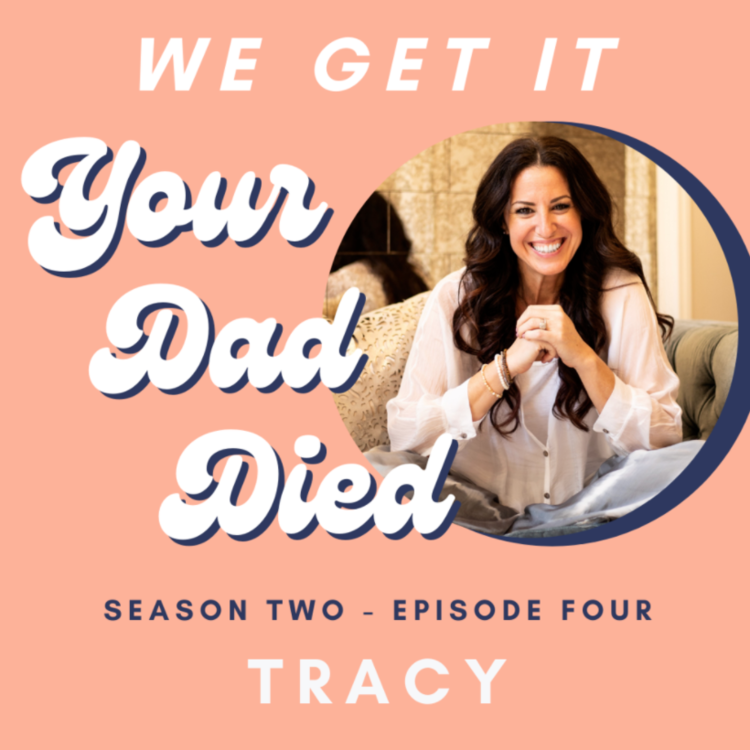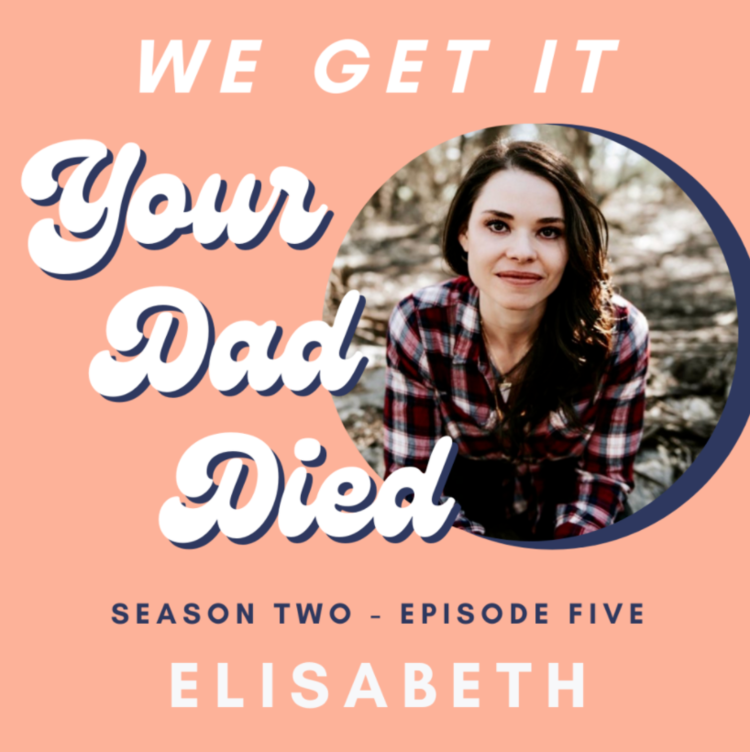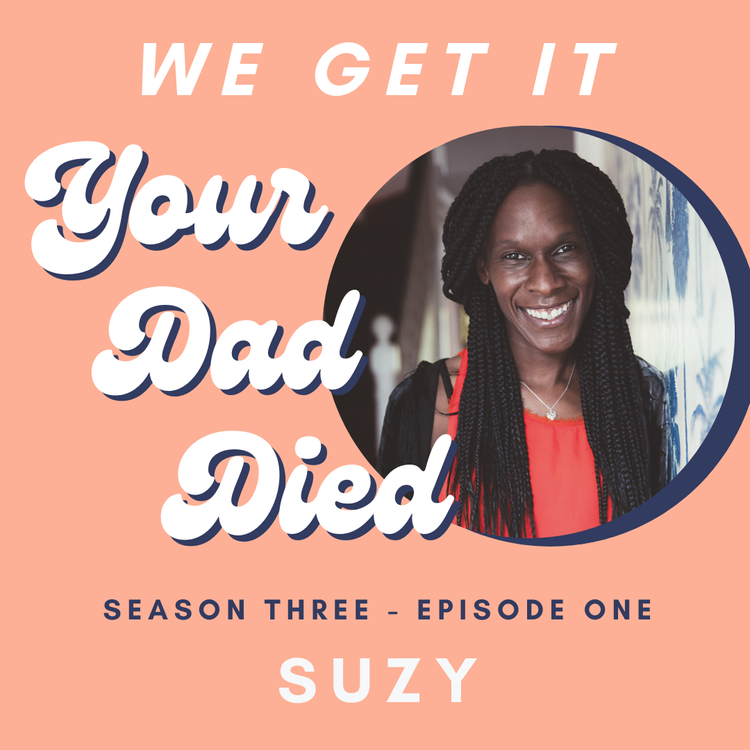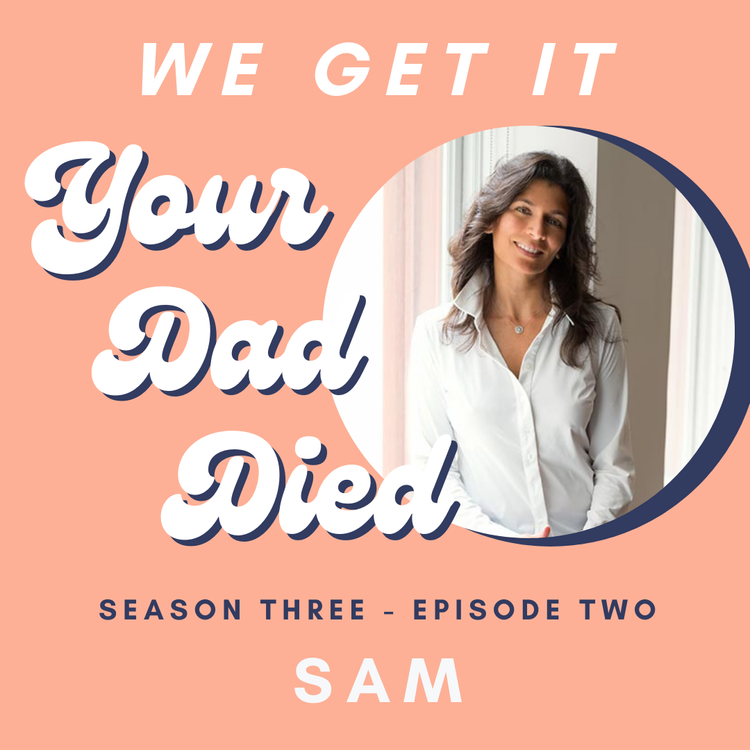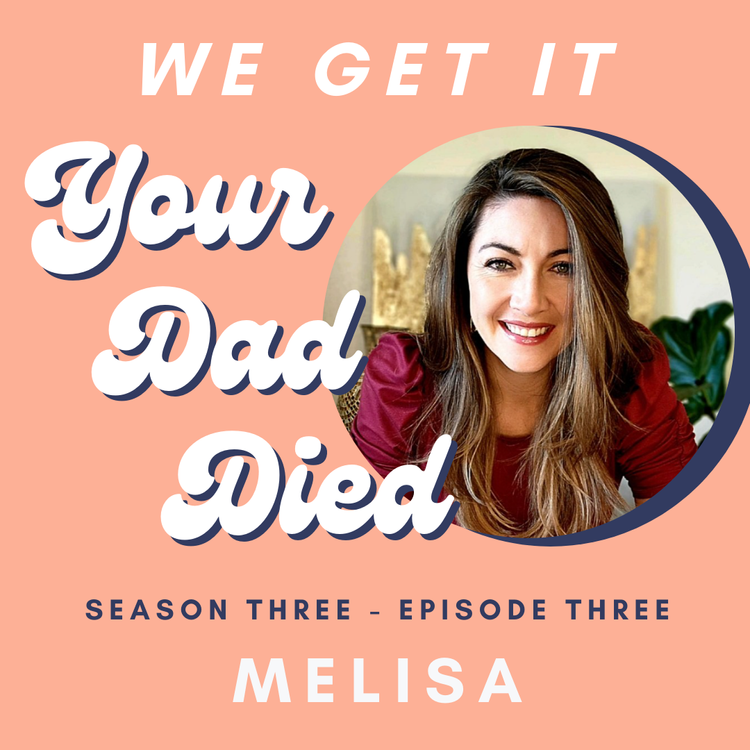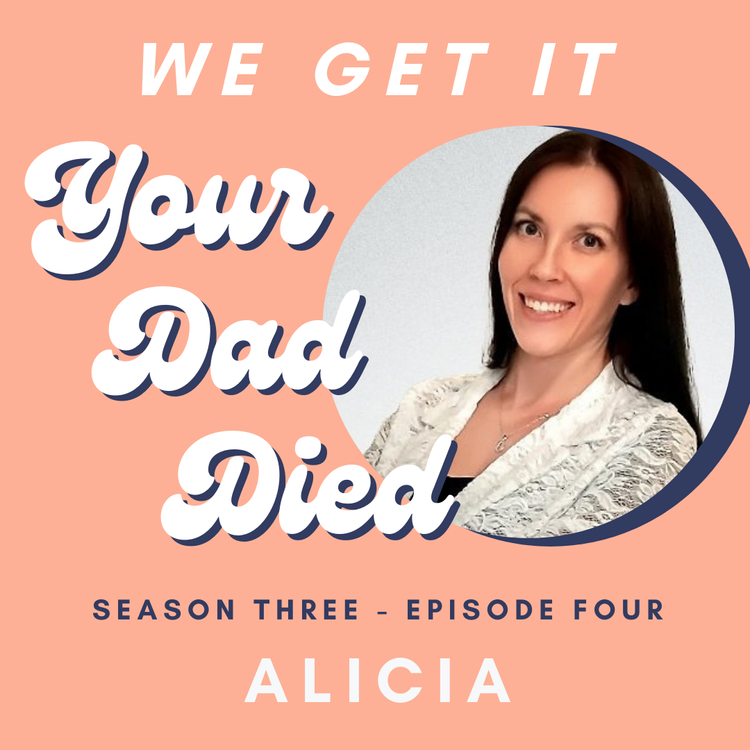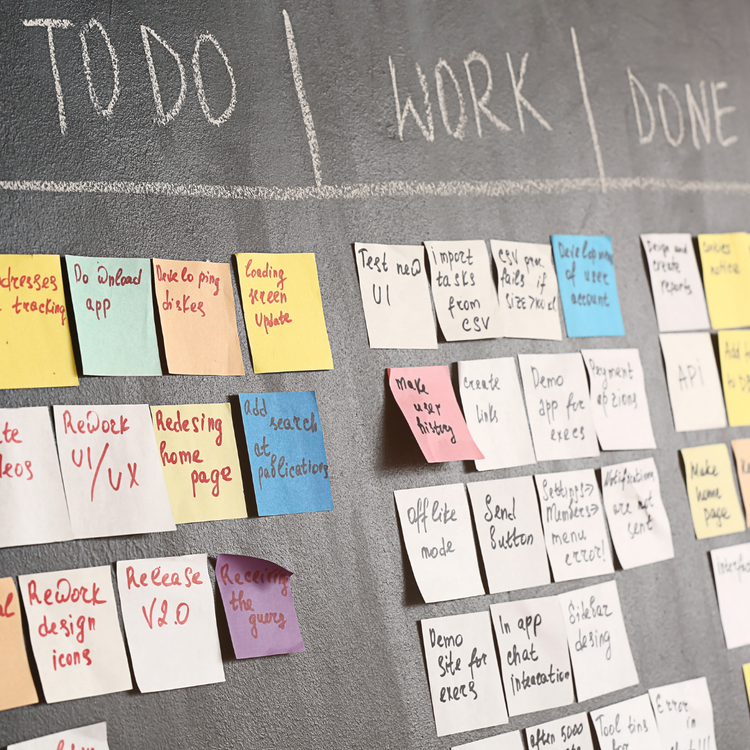Five months ago I read a book called Scrum: The Art of Doing Twice the Work in Half the Time.
By the second page, I knew scrum and agile were exactly what I’d been looking for. I distinctly recall walking around my neighborhood listening to the audiobook and laughing out loud at how absurdly accurately the book described our issues (and how avoidable those mistakes could have been).
I jokingly said to myself, “Where was this book 3 years ago?!” But in all honesty, it probably reached me at the perfect time.
I devoured the book and then set about finding the right consultant to help translate what I had learned, which was focused primarily on software businesses, to our agency. I knew some of the practices would require heavy adaptation to work for such a different type of business, and I wanted to make sure our custom adaptation stayed true to the heart of scrum. This task would require knowledge of agility much deeper than my own.
I posted all over social media and in every entrepreneur Facebook group I could think of until I was flooded with at least 20 names of potential agile consultants. I scheduled calls with my top picks, and after speaking with the first consultant I knew she was a perfect fit for our organizational culture and particular challenges. During this time, I also had all the leaders in our company read the book so they could start to get familiar with scrum and brainstorm how it might look for their own teams.
While I was starting to get the basics of scrum and agile and knew enough to know it was the right move for us, the process of implementing it in the company still felt like walking into the unknown blindfolded. It required extremely high trust in myself, my team and our consultant. This was beyond the level of a trust fall and more akin to jumping out of an airplane.
We broke apart our separate departments on the service delivery side and reconfigured them into three cross functional scrum teams that had people from every department in each team. One person on each team became the Coach, responsible for helping the team eliminate obstacles, and one became the Product Owner, responsible for prioritizing and owning the team’s backlog of work.
We didn’t have all three teams start implementing scrum at once, but instead chose one pilot team to go first. The pilot team began working in two weeks “sprints.” At the end of every sprint, they would review what had happened, what worked well, what didn’t work, obstacles that slowed them down, and how they would approach the next sprint to improve performance. After the pilot team completed two sprints, the other two teams began sprinting.
At the time this article is being released, two of our teams are finishing up their second sprint, and our pilot team is finishing their fourth sprint. We are admittedly quite early on in our agile journey, but we have already learned a ton and seen some amazing benefits!
Here are some of our biggest takeaways so far:
1. Working As A Team Makes It Easier for Individuals to Take Time Off with Less Stress
This was one of the quickest wins we saw. Two people in the pilot team needed to take time off during the first sprint, and both expressed how much more relaxing the process was.
When teams worked in silos as individuals with individual KPIs and client lists, going on vacation meant a lot of extra work needed to be covered by other team members. When people returned from vacation, they returned to a stressful personal backlog of tasks.
By working as a team, individuals are more free to take time off without stress. When they shared this revelation in the very first sprint review, it brought tears to my eyes. One of my big goals with agile is to increase team joy and decrease burnout. To have this type of impact within only two weeks blew my mind.
2. Interdepartmental Games of Telephone Waste Valuable Resources
By eliminating siloed departments within service delivery and restructuring them into cross functional teams, we eliminated the frustration and waste caused by miscommunications between departments, an issue that turned out to be much bigger than we had ever realized pre agile.
Communication was only made more challenging by our team being fully remote. The new cross functional teams have made communication so much better and more enjoyable for everyone involved, even while being mostly remote.
3. When You Remove Individual Performance Metrics, You Lower Stress And Allow Team Members To Focus on What’s Most Important
When we moved to a more agile way of working, we eliminated individual KPIs and performance metrics in favor of team goals. Instead of team members having to focus on their own booking metrics (i.e. “I need to send out this many pitches to hit my own numbers this week”) they are now able to do whatever tasks are the highest priority for the team and in their zone of genius.
Without worrying about checking a box on their individual tasks, team members are free to focus on what the team actually needs. This is leading to a continued uptick in overall team performance and much happier team members!
4. Adjusting How Teams Approach Work Frees You From the Expensive and Ineffective Trap of Solving Problems With Addition
Before agile, my approach to solving problems was with basic math; If a team felt they couldn’t hit their goals with the number of people they had, I would add another person. This is common, but leads to bloated payroll and robs teams of the opportunity to explore other solutions.
Of course, sometimes you do need to hire new people, but through exploring agility and how teams work, we’ve had huge breakthroughs in how teams can overcome obstacles and adjust workflow to get more done in less time without adding extra team members (who can sometimes just slow things down more). Identifying and eliminating obstacles, bottlenecks and inefficiencies has allowed us to increase productivity by multiplying our resources rather than adding more of them.
5. Working in Sprints Creates Rapid Improvement and Makes Big Changes Less Risky
Our scrum teams work in two week sprints. At the end of each sprint they have a sprint review where they present what happened to the entire company, and a retrospective with just their own team where they talk about how it went and what they want to change for the next sprint.
Working in two week time boxes allows teams to test out new ideas on the court in a very low risk way. It also helps teams prioritize what to change with each sprint so they don’t change too much at once, leading to constant progress without the overwhelm of being inundated with too many changes at once.
6. Eliminating Top Down Decision Making is Good for Everyone
Giving teams more trust and autonomy to make decisions can be scary as a leader, especially if you have been burned before by bad hires (I definitely have). But ultimately, giving teams the freedom to come up with new ideas and test new things is what creates innovation and improvement. It helps your company grow faster because you aren’t being a bottleneck, AND it’s surprisingly freeing for you as an owner.
Being in charge of all the ideas and decisions is a lot on you, and your company will get to a size where it’s no longer feasible. Not only does it hold back your team, it leads to you burning out. When you are free not to control every little thing, you get that energy back to be creative and in your own zone of genius.
7. More Role Fluidity Helps Teams Thrive and Individuals Stay Engaged
Successful agility has required us to be much less rigid with roles and job descriptions. Previously, we had show researchers who just found shows, and agents who focused on pitching and booking. This sometimes works, but is also extremely limiting. Giving teams permission to do what needs to be done regardless of whose job it is is a game changer in them being able to work more quickly and effectively. While team members still have specialty areas that are their main focus and expertise, they are no longer so set in stone.
In addition to being good for the overall productivity of the team, variety in work is more fun, especially for super smart, creative team members. Often the cause of burnout isn’t the number of hours worked, but the repetition and perceived tediousness of the tasks. Role fluidity creates space for innovation, freedom and flexibility.
8. Team Happiness Is a Leading Indicator of the Retention and Profits You Want to See
There are numerous studies outlining the benefits of happy, engaged employees. Employee happiness isn’t just an afterthought, it is directly linked to productivity and profit. We created a happiness survey that team members fill out every two weeks so that we can track this metric and work to improve it.
Team cohesion and trust is a big part of what defines a successful scrum team, and has a big impact on happiness. We now encourage team members to play games on the clock (within reason) and have more fun. We have found this improves culture and productivity more than using that time for completing tasks would.
We are very early in this adventure with agility, but I am floored by the impact it is having already. If the way you are running your company isn’t feeling as aligned or effective as it could be, maybe it’s time to give scrum a try! 🙂
